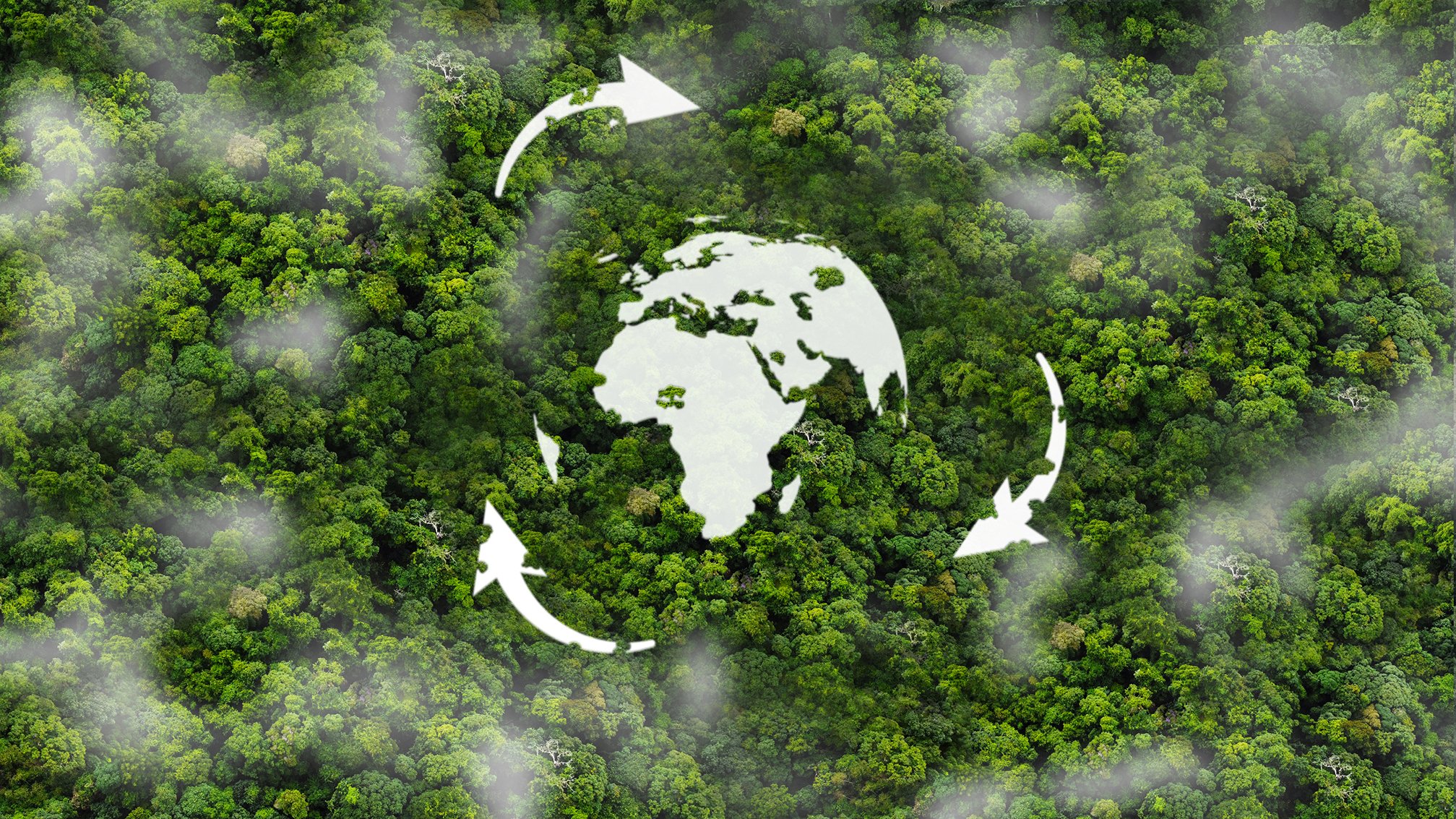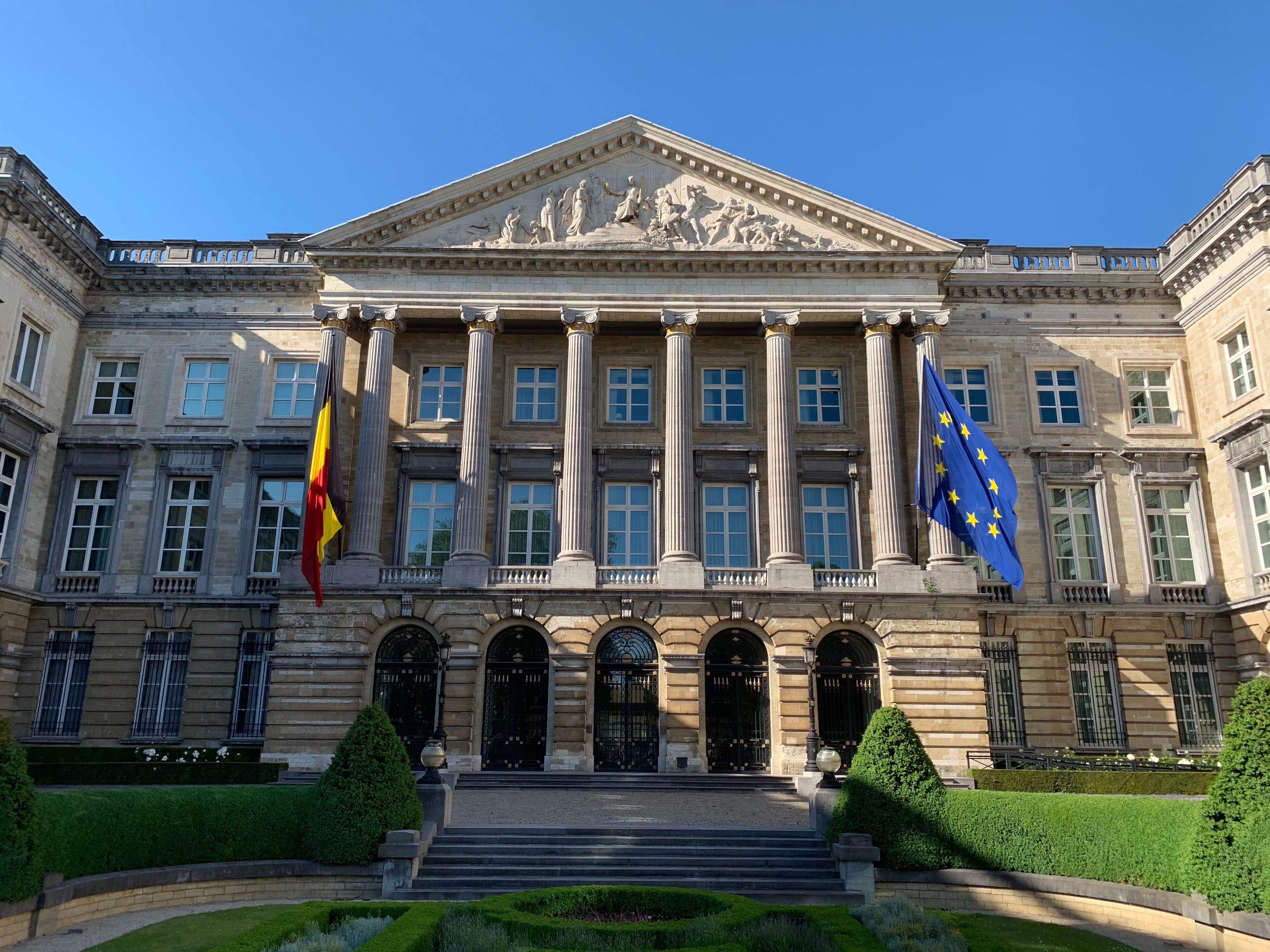What is the Indirect Cost Compensation subsidy scheme?
Under the EU ETS energy producers need to purchase emission rights to compensate their CO2-emissions. These costs are passed on to offtakers and are reflected in energy prices. Certain industrial sectors that have a higher energy use are, therefore, exposed to higher indirect costs for emissions related to energy production.
To prevent these industries from suffering commercial disadvantages on the global market, the European framework for the EU ETS allows member states to set-up a compensation scheme under which indirect emission costs are compensated with proceeds from the auctioning of emission allowances to market parties.
The main goal of this compensation scheme is to prevent carbon leakage: if certain energy intensive industries would be able to produce their goods outside of the EU, such products would subsequently need to be imported into the EU. Transport related to these imports generates additional CO2-emissions. Furthermore, the EU wants to prevent production from certain industries being moved to third countries that may apply less stringent rules in respect of decarbonization of the respective industry.
The Netherlands first introduced the Indirect Cost Compensation subsidy scheme (Indirecte kostencompensatie ETS or IKC-ETS) for these purposes in 2017. On an annual basis, the available budget for the IKC-ETS is determined by the competent Minister. Based on the announcement today, the total budget is expected to amount to EUR 180 million per year for the coming three years.
Who can apply?
The IKC-ETS is available for businesses with production activities in the following sectors:
- Clothing and leather;
- Metals, namely: aluminium, lead, zinc, tin, iron, steel, ferro-alloys, copper, other non-ferro-alloys as well as all cast iron;
- Inorganic chemical base products;
- Paper pulp, paper, and cardboard;
- Refined petroleum products;
- Certain plastics, namely: polyethylene glycols and other polyether alcohols (primary form);
- Glass fiber mats and glass fiber membrane; as well as
- Industrial gases, namely hydrogen, and inorganic oxygen compound with non-metals.
Relevant application considerations
If active in one of the aforementioned sectors as a producer, a business can apply for IKC-ETS if and when it has an energy audit obligation under the Energy Efficiency Directive, a carbon emission reduction plan is drawn up, and at least 50% of the subsidy award is put to use for carbon emission reduction measures.
The carbon emission reduction plan will, in any event, need to reflect on the current Scope 1 and 2 emissions of a business vis-à-vis its Scope 1 and 2 emissions in 2020, the measures will be or have already been implemented to reduce carbon emissions, the costs of these measures and the effectiveness thereof. Furthermore, the report will need to showcase per implemented or intended measure on which date the expected carbon emission reduction will have been achieved, as well as provide a detailed planning on the (further) roll-out of these carbon emission reduction measures.
How can we help?
When preparing for an IKC-ETS application, it is worthwhile to ensure that all relevant documents are in place and all relevant steps that need to be taken are planned in advance. Our team is well-versed in Dutch subsidy law and is happy to assist your business with practical queries in respect of deliverables for a subsidy application under the IKC-ETS.







